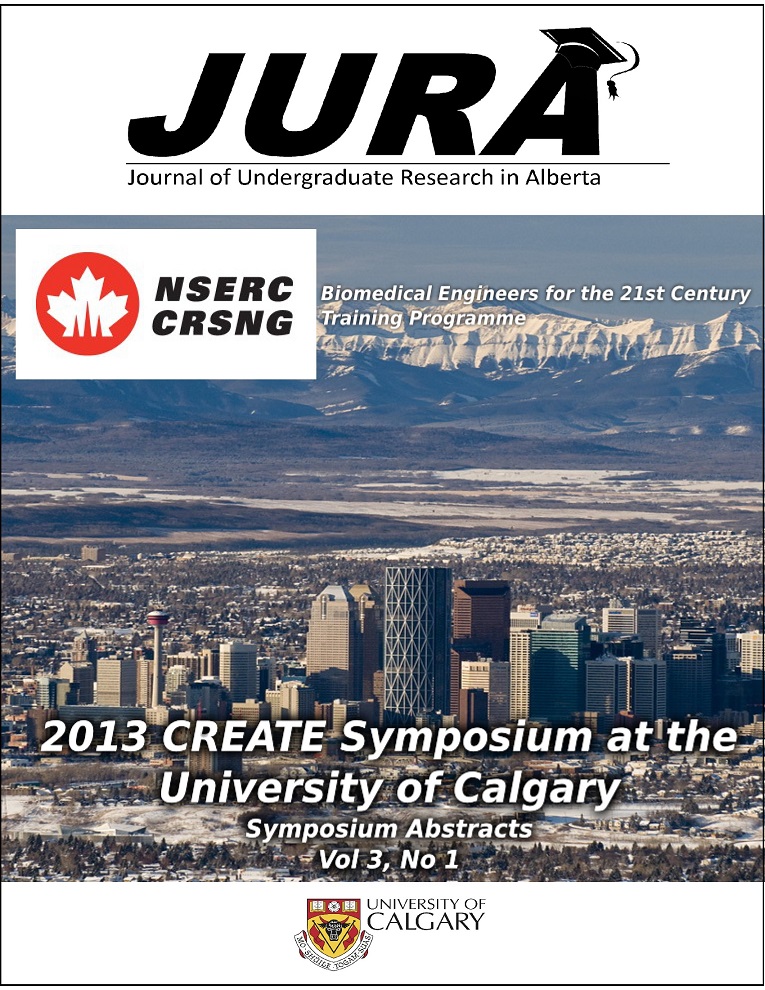Differentiating between healthy and malignant lymph nodes at microwave frequencies
Keywords:
Dielectric spectroscopy, breast cancer, lymph nodeAbstract
INTRODUCTION
Patients diagnosed with early stage breast cancer must have their primary tumour removed and under go a Sentinel Lymph Node Biopsy (SLNB). The sentinel lymph node is removed and sent to a pathologist. This procedure will determine further therapy and staging for the breast cancer. If the SLNB is positive then the breast cancer has developed the ability to metastasize. Uncertainty in the SLNB could occur from incorrect identification and removal of the appropriate node, or the metastases might not be identified during the initial pathologic examination. This uncertainty is motivation for the development of a sensing or imaging method of lymph node analysis. Dielectric spectroscopy is a less invasive approach to initial assessment of a lymph node during a SLNB.
Dielectric spectroscopy is a technique that measures the permittivity and conductivity of materials as a function of frequency. Research on the dielectric properties of healthy and malignant tissues has been reported [1]. This study will expand on the small amount of reported research on the properties of lymph nodes at microwave frequencies. The dielectric properties of malignant and healthy lymph node samples will be measured at microwave frequencies and analyzed.
METHODS
Surface and cross-sectional measurements were performed on freshly removed lymph nodes from patients at the Foothills Medical Centre in Calgary, Alberta, Canada. A precision open-ended coaxial probe, designed for the dielectric characterization of biological tissues [2], was used to collect measurements. The measurement site on the lymph node was marked with an ink dot. Pathology data regarding the tissue make up at the measurement location was collected.
RESULTS
59 measurements were collected from 27 patients. Six measurements were excluded from the final analysis. Three measurements did not fit the Cole-Cole model (average difference between measurements and model over specified frequency range are greater then a threshold of 0.004 [3]). The other three measurements were not included because of error in air calibration measurements. Once the raw complex coefficient data was processed into permittivity and conductivity, pathology data was used to color code and plot the measurements based on percent fat, and lymphoid content. Figure 1 shows permittivity versus frequency for three percent fat groups.
Figure 1. Permittivity versus frequency (GHz) for 45 healthy samples. Low fat samples (red = 0-15% fat), medium fat samples (green = 16-46% fat), and high fat samples (blue = 47-100% fat)
No evident trends were seen in the percent tissue plots, so statistical analysis using the generalized estimating equations (GEE) method was carried out to further analysis the data. SPSS (20, IBM, United States) was used for statistical analysis. Statistical analysis indicated that there was a difference between malignant and healthy nodes for the low fat and corresponding high lymphoid percent tissue groups. There was a significant difference in surface and cross-sectional measurements when measuring malignant nodes.
DISCUSSION AND CONCLUSIONS
The statistical significant difference between normal and malignant lymph nodes in low fat and high lymphoid tissue groups displays the potential for the proposed method of dielectric spectroscopy in lymph node analysis.
REFERENCES
- C. Gabriel, S. Gabriel, E. Corthout. Phys Med Biol. 41 (11): 2231-2249. doi: 10.1088/0031-9155/41/11/001, 1996.
- D. Popovic, et al. IEEE Trans Microw Theory Tech. 53 (Compendex): 1713-1721, 2005
- M. Lazebnik, et al. Phys Med Biol. 52 (10): 2637-2656. doi: 10.1088/0031-9155/52/10/001, 2007.
Downloads
References
2. D. Popovic, et al. IEEE Trans Microw Theory Tech. 53 (Compendex): 1713-1721, 2005
3. M. Lazebnik, et al. Phys Med Biol. 52 (10): 2637-2656. doi: 10.1088/0031-9155/52/10/001, 2007.
Downloads
Additional Files
Published
Issue
Section
License
Authors retain all rights to their research work. Articles may be submitted to and accepted in other journals subsequent to publishing in JURA. Our only condition is that articles cannot be used in another undergraduate journal. Authors must be aware, however, that professional journals may refuse articles submitted or accepted elsewhere—JURA included.


